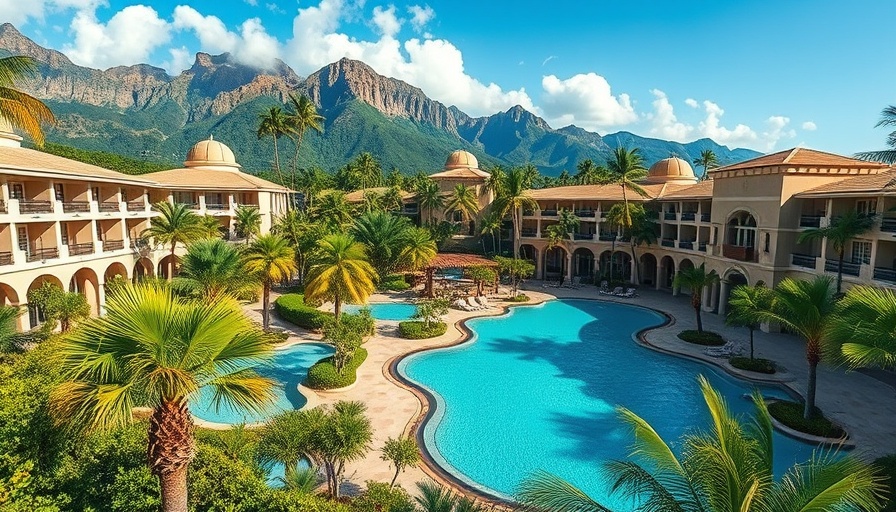
Seattle-Tokyo Route Leaps Forward with Boeing 787 Dreamliner
Beginning January 2026, travelers will notice a significant upgrade on the Seattle-Tokyo route as Hawaiian Airlines introduces its new Boeing 787 Dreamliner. This aircraft promises a superior flying experience over the older Airbus A330 previously used on these flights, enhancing passenger comfort and overall travel quality.
Paradigm Shift in Transpacific Travel
The transition from the A330 to the Dreamliner is not just an equipment swap; it's a bid to elevate Hawaii's status in the competitive landscape of global airlines. With Alaska Airlines and Hawaiian's merger last year, the enhancement at Seattle Tacoma International Airport (SEA) represents a strategic effort to solidify their position against rivals, notably Delta Air Lines, which currently dominates the transpacific market.
A Focus on Comfort and Class
The new Hawaiian Dreamliner will feature advanced amenities, including 34 business-class suites equipped with sliding privacy doors, an exciting development for frequent flyers. This move aligns with contemporary trends in aviation, where comfort and privacy have become paramount for travelers seeking long-haul flights. The upgrade to the Dreamliner showcases Hawaiian Airlines' commitment to providing a more luxurious travel experience, meeting increasing passenger expectations.
Cost-Benefit Analysis of Upgrading Routes
While many passengers might rejoice at the new Dreamliner, it’s important to note that this shift comes at a cost. Hawaiian Airlines has confirmed it will be reallocating one of its existing Dreamliners to serve the Seattle to Narita route, which could impact other routes currently serviced by the Dreamliner. Such changes prompt a discussion about route profitability and the airline industry’s continual balancing act of supply and demand.
Future Predictions for Alaska Air Group
Beyond the immediate upgrades expected in early 2026, CEO Ben Minicucci has hinted at a bold vision for Alaska Airlines' international routes. The plan involves transitioning the operation of these routes entirely to Alaska Airlines rather than Hawaiian Airlines. If this vision becomes a reality, it could usher in a new era for Alaska; streamlining operations and providing a unified brand experience for passengers traveling internationally.
Travel Trends and Consumer Expectations
The aviation industry is evolving, with travelers increasingly seeking high-quality service and more personal space. Airlines around the world are recognizing this demand, with many integrating similar upgrades to their fleets. Passengers are no longer satisfied with basic amenities, leading to more airlines investing in modern aircraft like the Boeing 787. This trend towards comfort may alter how airlines compete, signaling a potential shift in industry standards.
Conclusion: What It Means for Travelers
The introduction of the Boeing 787 Dreamliner on the Seattle-Tokyo route is a promising development for travelers looking for enhanced comfort and service. Both Alaska and Hawaiian Airlines are poised to impact the flying experience positively. For travelers considering international routes, particularly to Japan, this upgrade signifies both comfort and an improved travel experience.
By taking advantage of these enhancements, consumers can feel increasingly optimistic when planning their travel itineraries. Whether you're a frequent flyer or planning a once-in-a-lifetime trip, knowing that airlines are working to improve their offerings can lead to more enjoyable travel experiences.
 Add Row
Add Row  Add
Add 



Write A Comment